BMW Ushers in a New Era of Electric Cars: Can Domestic New Players Keep Pace?
![]() 05/11 2025
05/11 2025
![]() 792
792
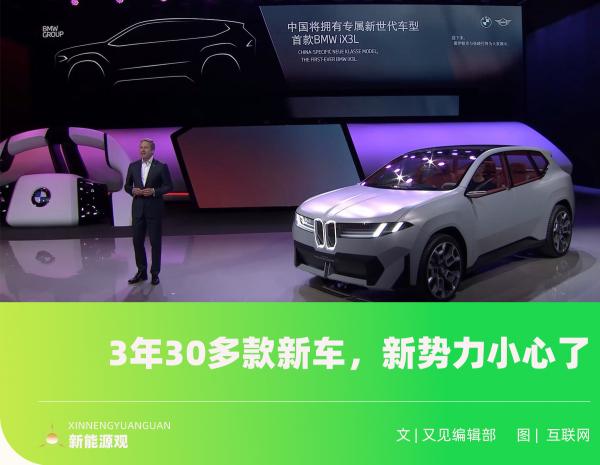
Original content from New Energy Outlook (ID: xinnengyuanqianzhan)
Full text: 3199 words, reading time: 10 minutes
A decade ago, as Tesla began to disrupt the automotive industry, the electric efforts of traditional luxury brands like BMW and Mercedes-Benz were often dismissed. BMW's i3 was dubbed a "city toy" due to its limited range, while Mercedes-Benz's EQ series was criticized for a lack of sincerity in its transition from gasoline to electric vehicles.
A decade later, BMW's Munich plant has announced that it will cease production of fuel vehicles by 2027, and its first vehicle on a new-generation pure electric platform is poised for mass production. According to Gao Xiang, President and CEO of BMW Greater China, this new era represents not just a single car but a comprehensive leap for BMW in design, technology, and philosophy.
Among its core technologies, BMW's large cylindrical batteries stand out. While Tesla has repeatedly delayed the release of its 46mm large batteries, BMW and its suppliers have succeeded. Combined with the 800V high-voltage platform, the new-generation models can add 300 kilometers of range in just 10 minutes of charging. Furthermore, the increase in battery energy density makes achieving a range of 900 kilometers much more feasible.
While domestic new players celebrate monthly sales exceeding 10,000 units, BMW is boldly advancing towards electric transformation with an aggressive offensive of "over 30 new models in 3 years."
From the new-generation driving pleasure concept car unveiled globally at the 2025 Shanghai Auto Show to the upcoming production of the iX3L in the Shenyang plant, this century-old luxury brand is redefining the competition rules in the electric era with its technological philosophy and systematic capabilities, providing a lesson in value reconstruction to the surging new players.
1. BMW's Counterattack: Over 30 New Models in 3 Years
In the exhibition hall of the BMW Museum in Munich, the 1602 electric prototype that debuted at the 1972 Olympics quietly tells the story of BMW's initial aspirations for electrification. Fifty years ago, when most automakers were engaged in fierce competition in the fuel vehicle market, BMW had already proven with its experimental models powered by lead-acid batteries that the electrification of luxury brands was not a forced transformation but a continuation of technological belief.
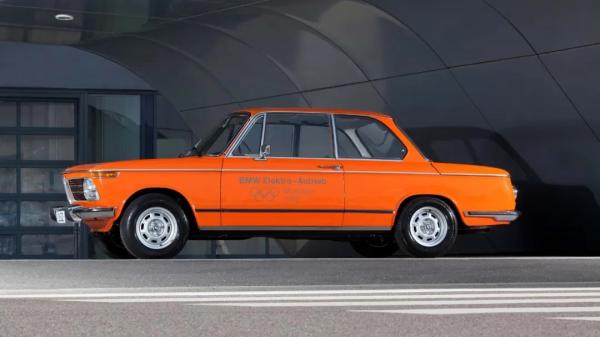
Image/BMW 1602 Electric Prototype
Source/Screenshot from the Internet, New Energy Outlook
This persistence culminated in the launch of the i3 in 2013—a carbon fiber body, LifeDrive architecture, and over 30% of renewable materials. However, these ahead-of-their-time designs were met with skepticism, labeled as "flashy but impractical" by the market.
Especially in recent years, amid the surge of new energy vehicles, domestic new players have pushed to the forefront with impressive parameters. The addition of "refrigerator, TV, and large sofa" features has gradually led domestic new energy vehicles to lose sight of their core values amidst the luxury configurations.
Many believed that BMW, Mercedes-Benz, and Audi were lagging behind in the new energy electrification process, outpaced by domestic new players. However, time will ultimately validate value. More than a decade after the launch of the i3, while new players celebrate monthly sales exceeding 10,000 units, BMW has quietly completed the "triple layout" of its electrification strategy: historical technological accumulation, industry chain moats, and the digital rebirth of luxury genes—BMW's "new era" is charging ahead with menacing intent.
A cluster of brand-new designs and groundbreaking technologies, a new design language, a highly integrated electronic and electrical architecture with a super brain, a new digital experience, a new electric drive system, and battery technology...
Five "brand-new" elements in one breath. Don't boast, domestic new players have big mouths that won't back down!
BMW leisurely unveiled its new car plan for the next three years: from the new-generation driving pleasure concept car that made its global debut at the Shanghai Auto Show in April to over 10 new models to be launched in China this year, and over 20 new models, including new-generation models, to be launched from 2026 to 2027.
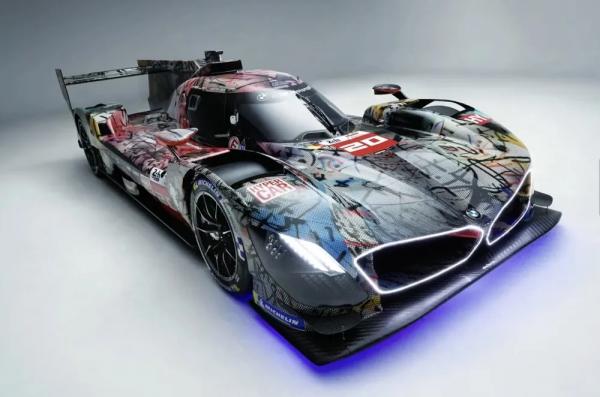
Image/BMW New-Generation Driving Pleasure Concept Car
Source/Screenshot from the Internet, New Energy Outlook
With over 30 new models in 3 years, BMW is truly going all in, refactoring the competitive landscape with a strategy of "precisely covering every market segment."
Supporting this product matrix is BMW's new-generation pure electric architecture, which took five years to develop. The 800V high-voltage platform allows the iX3L to charge from 10% to 80% in just 32 minutes, and the sixth-generation eDrive electric drive system increases motor efficiency to 97%. Contemporary Amperex Technology Co., Limited's revolutionary 46mm large cylindrical batteries have reduced costs by a whopping 30%.
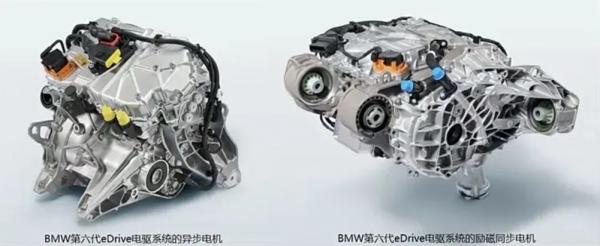
Image/Sixth-Generation eDrive Electric Drive System
Source/Screenshot from the Internet, New Energy Outlook
To ensure supply chain security during the "big product year" in the next three years, BMW has signed a 10 billion euro order with Contemporary Amperex Technology Co., Limited. The annual capacity of 40GWh at its dual factories in China and Europe not only guarantees production capacity but also reduces the carbon footprint of batteries by 60% through 100% green electricity production and certified mineral procurement. The first new-generation model, the iX3L, a pure electric SUV specifically designed for the Chinese market, has rolled off the production line in Shenyang and started comprehensive testing, set to be launched and meet consumers in 2026.
2. When BMW "Rolls" in Intelligence, Can New Players' Moats Hold Up?
In the minds of Chinese consumers, domestic new players are incredibly powerful in intelligence. However, the technological moats that new players pride themselves on in the intelligence race are being eroded and breached by BMW through a "boiling frog" approach.
Let's share a "cold fact" about BMW's automotive intelligence.
In fact, BMW is a pioneer in the application of artificial intelligence technology in China, with its first AI application dating back to 2018. When new players were still competing over the size of their central control screens, BMW launched its first voice assistant AI application based on natural language processing in China.
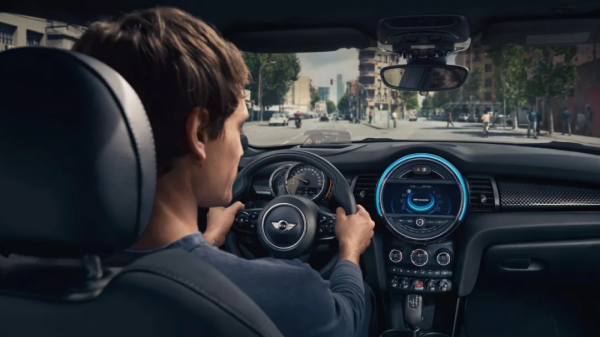
Image/BMW Launched Its First AI Voice Assistant Alexa in 2018
Source/Screenshot from the Internet, New Energy Outlook
AI should have warmth, not just be a parameter competition. After DeepSeek became a global hit, BMW quickly integrated the generative AI large model through the DeepSeek function to empower its voice assistant, supporting interaction without wake-up words and understanding of multiple commands.
For example, the command "Turn on the air conditioning and navigate to Terminal 3 of Pudong Airport" can be executed seamlessly, with an error rate 60% lower than the industry average. In contrast, some new players' voice assistants are mockingly referred to as "artificial idiots" due to frequent false activations.
The two exclusive Chinese AI entities, "Car Expert" and "Travel Companion," which made their debut at the 2025 Shanghai Auto Show, are deeply customized based on Alibaba's large model with 100 billion parameters. They can accurately recognize colloquial instructions such as "Go to Jing'an Temple business district for some shopping" and proactively recommend parking strategies in shopping malls. This scenario-based service capability has propelled BMW's intelligent cockpit to the top spot among luxury brands in J.D. Power's China New Vehicle Intelligent Cockpit Satisfaction Survey.
Behind the implementation of technology lies strong local R&D capabilities. At BMW's China R&D center in Shanghai, 70% of the operating system source code is developed locally. Designs such as Gaode's four-screen linkage, dialect voice interaction, and the "24 Solar Terms" themed interface perfectly integrate Chinese elements with German precision.
More crucially, BMW has chosen to cooperate with Alibaba and Huawei, accessing the HarmonyOS ecosystem and large models with 100 billion parameters, rather than going it alone—this is consistent with its global R&D network of "open innovation." This creation of "technological warmth" allows BMW to leap out of the parameter rat race in the intelligence competition and focus instead on the in-depth exploration of user experience.
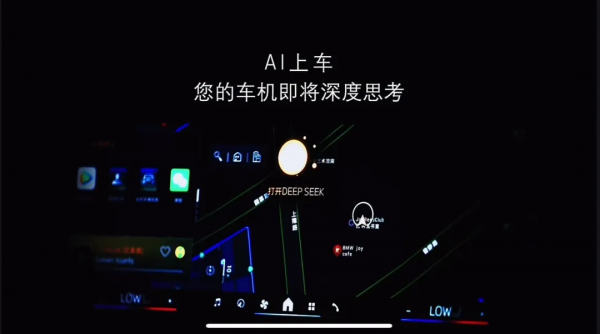
Image/BMW Accesses DEEPSEEK
Source/Screenshot from the Internet, New Energy Outlook
In the field of intelligent driving, BMW's "obsession with safety" forms a stark contrast with the radical approach of new players. The new-generation models that will be mass-produced in 2025, although equipped with an L2++ driving assistance system, always emphasize that "the driver is the primary responsible party." It is believed that this cautious strategy will continue to be validated in the future as more and more traffic accidents involving intelligent driving occur.
3. Take Note: When the Elephant Turns, It Draws Attention for New Players
BMW's electric transformation has sounded the rallying call, and the deep integration of a century-old engineering philosophy with new-era technologies is the correct path for the transformation of the automotive industry. In contrast, the shortcomings of new player automakers in systematic technology, user experience, and brand value and responsibility are increasingly prominent, and there is an urgent need to learn from BMW's transformation practices.
From a technological perspective, single-point innovations are easily replicated, and systematic capabilities are the barriers; from a user perspective, luxury experiences require a balance between technology and humanity, rather than a pile-up of functions; from a brand value perspective, sustainable development is not a marketing label but a restructuring of the industrial chain.
In terms of systematic competitiveness, new players rely on the OEM model, facing challenges in capacity ramp-up and quality control. In 2024, complaints about new energy vehicles frequently mentioned issues such as "driving assistance system malfunctions" and "abnormal body noises" in new player models, exposing the shortcomings of the OEM model in quality control. BMW, on the other hand, achieves a "double kill" in cost and performance through its global supply chain and proprietary technology. As of last year, BMW had 460 suppliers in China, with multiple collaborations exceeding 20 years.
In terms of user experience balance, new players have fallen into the "screen rat race," engaging in a parameter competition of function stacking, which has inverted the relationship between vehicle functions and user needs. BMW, on the other hand, refactors interaction logic with the driver at the center. Its iDrive system has a high-frequency user utilization rate of over 80%, and the utilization rate of onboard online navigation is nearly 80%, proving that design oriented towards user needs is more competitive.
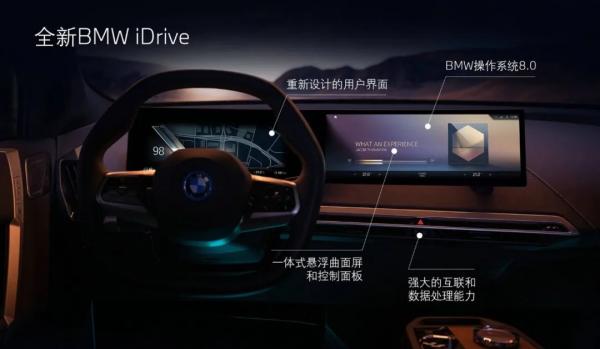
Image/BMW's New iDrive System
Source/Screenshot from the Internet, New Energy Outlook
New players focus on single-point breakthroughs in products and lack long-term brand value accumulation. Some new players rely on marketing hype and neglect the shaping of brand connotation. In recent years, many new player brands have triggered collective rights protection by existing car owners due to "price backstabbing," damaging the brand's reputation. BMW, on the other hand, reshapes the connotation of luxury with full-lifecycle responsibility, integrating social responsibility into its brand genes.
Sustainable social responsibility is becoming a watershed for high-level competition. In the field of circular carbon reduction and green production, taking the cooperation between BMW and Contemporary Amperex Technology Co., Limited as an example, the two parties have been cooperating since 2012 to build a low-carbon battery value chain centered on "lifecycle carbon reduction."
The two parties collaboratively developed the sixth-generation eDrive electric drive technology, adopting 46mm large cylindrical batteries, which achieve a 20% increase in battery pack volume energy density, a 30% increase in charging speed, and a 30% increase in range. With 151 safety tests far exceeding industry standards. On the green front, Contemporary Amperex Technology Co., Limited supplies BMW with batteries produced using 100% green electricity. The recycling system jointly built by the two parties had recycled over 2,000 tons of recycled raw materials as of the first half of 2024, with 100% recycling of core materials, enabling the Shenyang base to reduce carbon emissions by 230,000 tons annually.
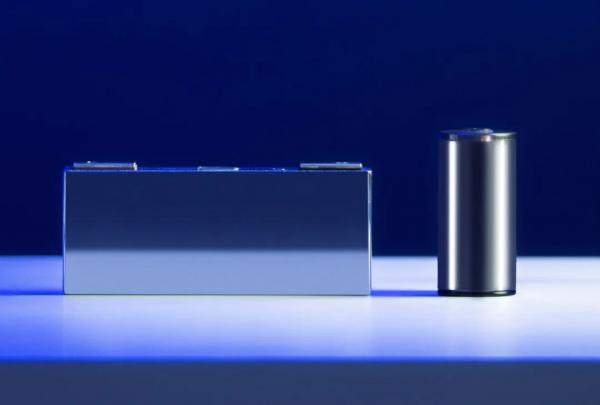
Image/46mm Large Cylindrical Battery
Source/Screenshot from the Internet, New Energy Outlook
The deep technological symbiosis, responsibility symbiosis, and ecological symbiosis between these two companies demonstrate the systematic competitive advantages of traditional giants and provide a model for the sustainable development of the industry.
BMW's transition to electric vehicles underscores a harsh reality: electrification isn't about "revolutionizing tradition" but rather about seamlessly blending a century-old engineering ethos with the digital age. As the latest generation of models, powered by CATL batteries, AI assistants crafted in China, and eco-friendly manufacturing from Hungarian factories, hit the global market, this competition has transcended mere technical specifications. It's now about constructing barriers through systematic capabilities, adhering to the core of driving in the intelligent era, and elevating luxury beyond mere products to embody a commitment to a sustainable future.
In retrospect, the "failure" of the i3 a decade ago may prove to be BMW's most invaluable legacy. It navigated the delicate balance between radical innovation and conservatism, disruption and tradition, choosing a more arduous yet profoundly impactful path. This is precisely the lesson that all emerging players aiming to reach the pinnacle of the industry must learn and apply.








